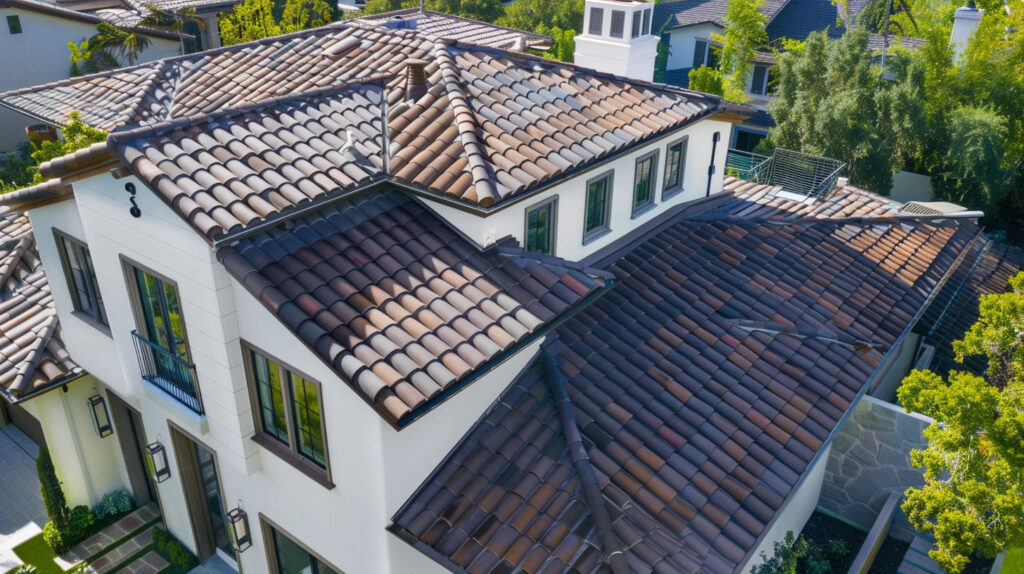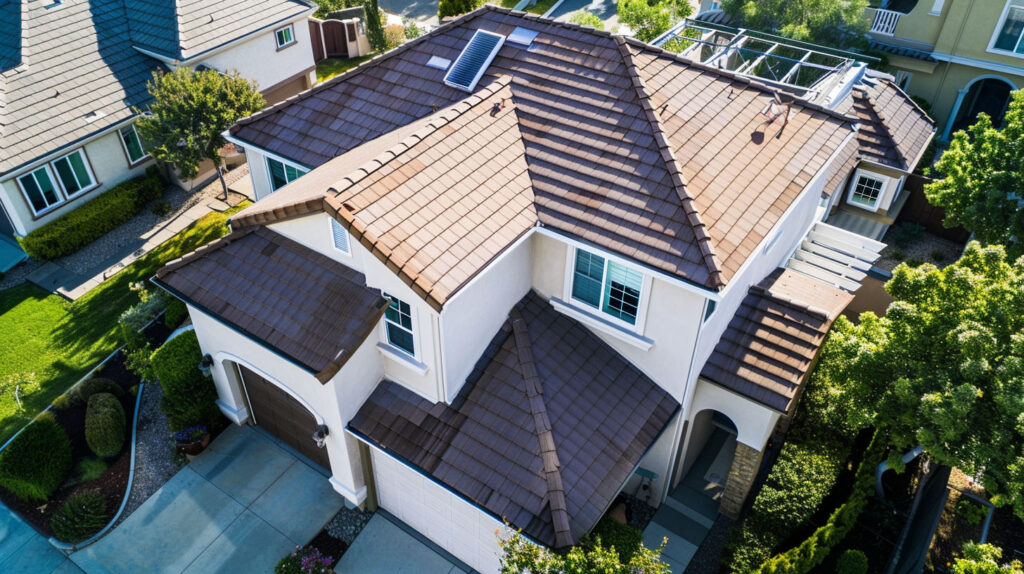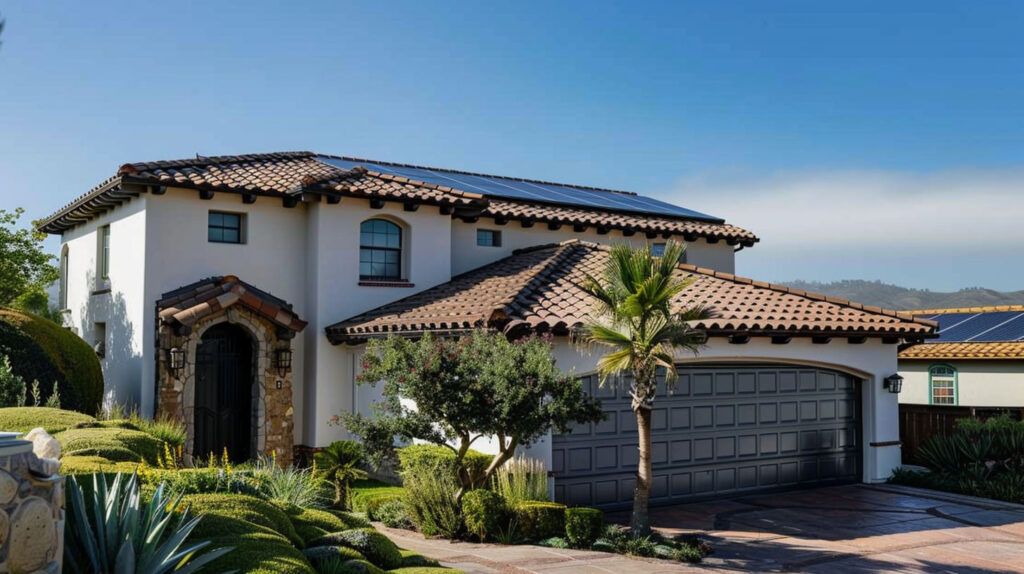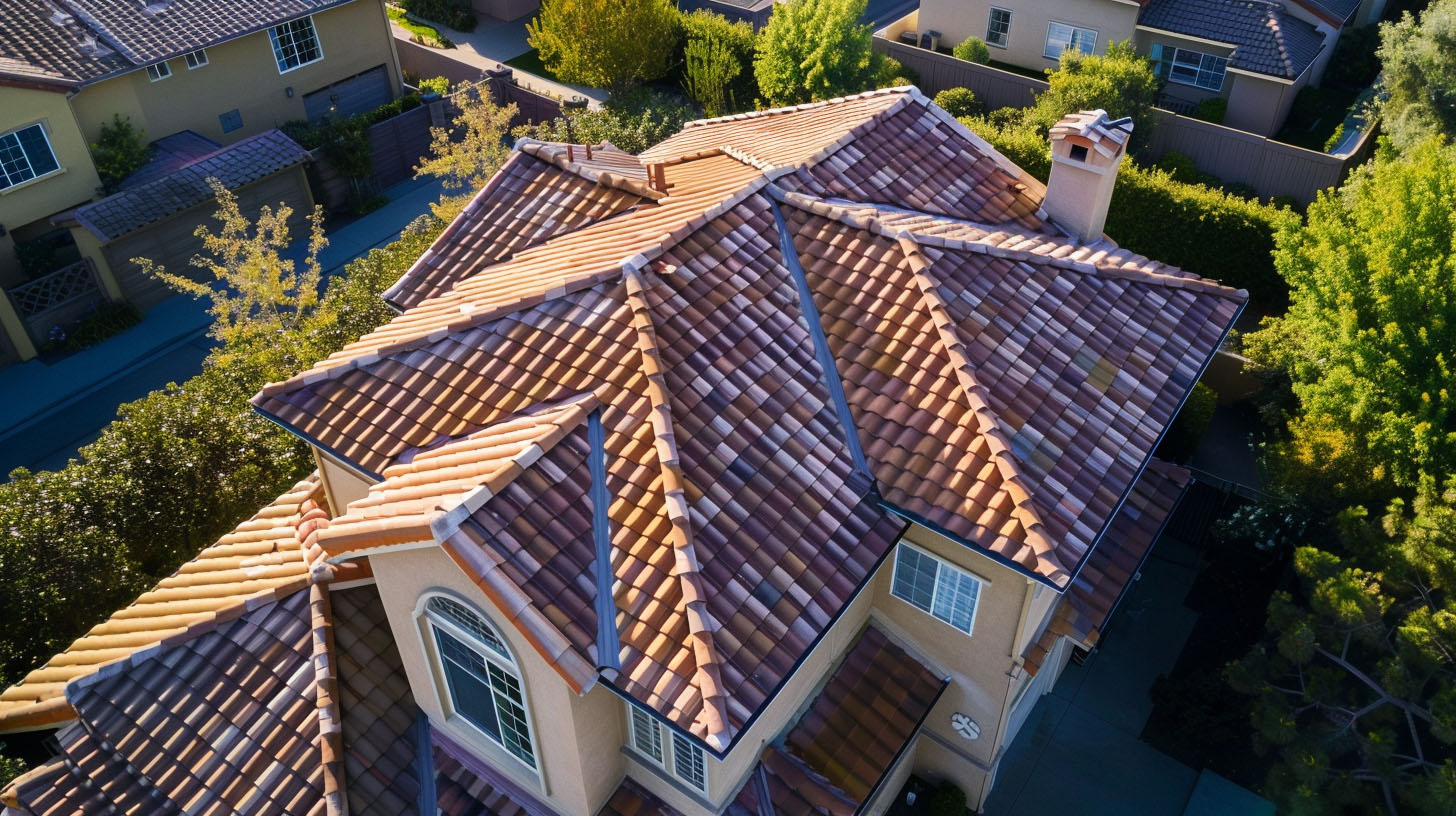How Long Does a Typical Roof Last in California?
Your roof plays a crucial role in protecting your home, but how long can you count on it to last in California? The lifespan of a roof depends on several key factors, such as the type of roofing material, installation quality, and maintenance practices. California’s unique weather conditions—like intense sunlight and occasional heavy rains—can take a toll on the life of your roof. Whether it’s time to think about repairs or replacement, understanding your roof’s lifespan can help you make informed decisions. If you’re in need of assistance, consider reaching out to Specialist Roofing & Repair for expert guidance and services in Burbank, CA.
Key Factors That Affect Roof Longevity in California
Several elements influence how long your roof can endure California’s diverse climate. Weather conditions, including strong winds and high temperatures, significantly impact roofing materials over time. Regular maintenance is equally vital, as proactive care prevents minor issues from escalating into major problems.
Additionally, proper installation sets the foundation for a durable roof. A well-installed roof resists environmental stress better than one done poorly. Combined, these factors determine whether your roof will stand the test of time under California’s conditions.
Climate and Weather Conditions
Regional climate plays a significant role in determining the durability of roofing materials. In California, high temperatures, intense sunlight, and occasional heavy rains contribute to the wear and tear of roofs over time. The combination of these weather conditions can accelerate the aging process, making proper installation and quality materials essential for extending the lifespan of a roof. Additionally, roofing options that offer enhanced energy efficiency can mitigate some impacts of harsh weather, ensuring a longer-lasting, well-maintained roofing system.

Quality of Installation and Materials
The longevity of your roof significantly hinges on the quality of installation and materials used. A professional roofing company ensures that your roof is installed correctly, adhering to best practices. Utilizing high-quality materials, such as architectural shingles or durable metal options, can enhance durability against severe weather. Additionally, proper ventilation plays a crucial role in preventing moisture buildup, which can lead to further damage. Investing in quality installation not only increases the average lifespan of your roof but also its overall aesthetic appeal.
Average Lifespan by Roofing Material
Asphalt Shingle Roofs
The lifespan of asphalt shingle roofs typically ranges from 15 to 30 years, largely influenced by the integrity of the installation and the quality of materials used. These roofs are the most popular choice among homeowners due to their affordability and aesthetic appeal. Regular inspections can uncover minor issues before escalate into severe damage, ensuring the durability of roofing materials is maintained. With proper care and efficient ventilation, the life of your roof can be significantly extended, providing longevity and peace of mind.
Tile and Concrete Roofs
Tile and concrete roofs offer an impressive durability of roofing materials, especially suited for the challenging weather conditions in California. With proper installation and maintenance practices, these roofs can achieve an average lifespan of over 50 years. Their exceptional resistance to high temperatures, severe weather, and UV damage makes a popular choice for homeowners. Furthermore, tile roofs often enhance the aesthetic appeal of commercial buildings, combining functionality with beauty, which can significantly increase the longevity of your roof.
Metal and Steel Roofs
The durability of metal and steel roofs positions among the most reliable roofing options available today. These materials withstand high temperatures and severe weather, showcasing an impressive average lifespan that often exceeds 50 years. Proper installation and quality materials play crucial roles in ensuring the longevity of your roof. Additionally, the reflective properties contribute to enhanced energy efficiency, making a popular choice in California’s warm climate. Regular inspections aid in detecting wear and potential issues, ensuring your roof remains in good condition.

How Local Environmental Factors Impact Roof Durability
California’s environment brings unique challenges that influence your roof’s life. Prolonged sun exposure weakens shingles and reduces long-term aesthetic appeal. Coastal regions face an extra hurdle with salt air, which can corrode metal roofs.
Ignoring these environmental factors can lead to further damage. Opting for durable materials and applying preventive measures minimizes risks. Understanding local conditions is essential for protecting your roof from premature wear.
Sun Exposure and UV Damage
Intense sunlight and prolonged UV exposure significantly impact the durability of roofing materials. These conditions can lead to accelerated wear and tear, causing issues such as fading, cracking, and even moisture buildup under the roof deck. Proper ventilation and periodic inspections become essential, allowing homeowners to address minor issues before result in severe damage. Investing in quality materials designed to withstand high temperatures not only enhances the aesthetic appeal but also extends the lifespan of your roof, making it a more energy-efficient choice.
Wildfire and Air Quality Considerations
Wildfires are a growing concern in California, particularly in areas like Los Angeles. Roofing materials such as metal and concrete tiles offer excellent resistance to fire, protecting homes in wildfire-prone zones.
Beyond fires, poor air quality during wildfire season impacts your roof’s durability. Debris and ash can accumulate, causing gutter blockages and further damage during heavy rains. These issues highlight the importance of preventive maintenance.
Specialist Roofing & Repair installs fire-resistant roofing that reduces risks and safeguards your investment. Be proactive in maintaining your roof during these seasons to maximise its lifespan.
Maintenance Tips to Extend Your Roof’s Lifespan
Effective maintenance practices are vital for prolonging your roof’s life. Regular care ensures minor issues—like missing shingles—don’t escalate into severe damage.
Simple but crucial steps, such as routine inspections and cleaning gutters, keep your roof in good condition. Taking preventive measures keeps your investment safe from the impacts of harsh weather and wear.
Regular Inspections and Cleaning
Regular inspections uncover minor issues before become costly problems. Key maintenance tasks include:
- Checking for missing or curled shingles after storms.
- Cleaning debris from gutters to avoid water damage.
- Removing moss or algae growth to maintain the roof’s structure.
- Inspecting flashing around skylights or vents for wear.
These practices protect your roof’s integrity. Scheduling annual professional inspections ensures hidden vulnerabilities are caught early, enhancing durability.
Timely Repairs and Preventive Measures
Addressing problems as arise is crucial to prevent further damage. Timely repairs, whether for broken tiles or cracked shingles, stop water infiltration and structural issues.
Preventive measures like applying sealants and coatings help your roof resist UV rays and weather damage. Trimming overhanging branches minimizes debris accumulation, reducing risks during storms.

Get in Touch
The longevity of a roof in California hinges on various vital factors, from the choice of roofing material to the quality of installation. Regular inspections and maintenance practices play an essential role in extending the lifespan of your roof, ensuring it remains in good condition to withstand the state’s unique climate. Investing in high-quality materials and proper ventilation can significantly enhance your roof’s durability, ultimately providing peace of mind and protecting your investment in the long run.
Frequently Asked Questions
How often do roofs need to be replaced in California?
California roofs typically need replacement every 20 to 30 years, depending on the type of roofing material and maintenance level. Regular inspections by a roofing company can identify issues early, ensuring your roof stays in good condition and extending its average life expectancy.
What is the life expectancy of a roof in California?
Roof lifespan varies by material: asphalt shingles last 20–30 years, tile roofs 50 years or more, and metal roofs 40–70 years. Southern California’s climate impacts durability, making proper maintenance and quality roofing options essential for maximizing the lifespan of your roof.
Read our blog: Why Gutters Are Essential to Protecting Your Roof



